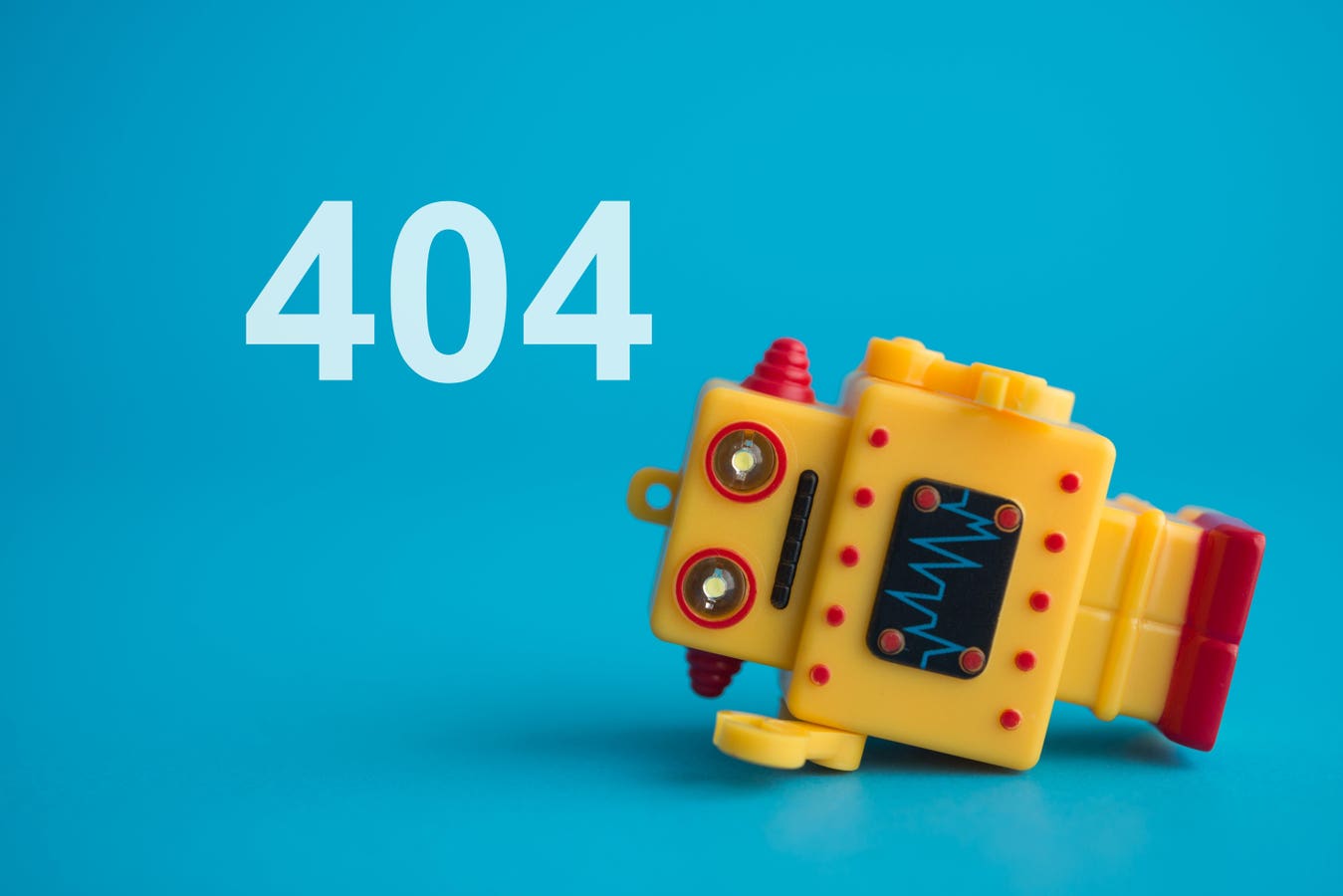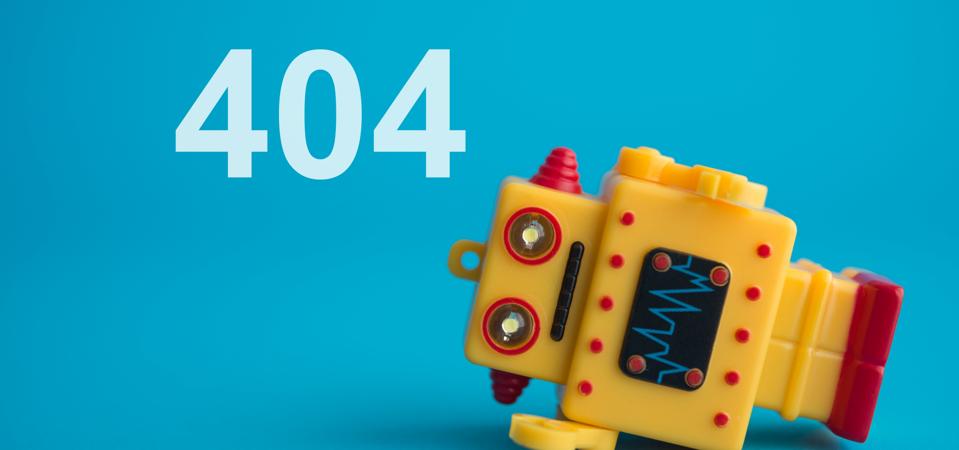Yellow robot with 404 error code on blue background. Concept of online internet web. 404 sorry, page not found is HTTP status code error that indicates server could not find what was requested.
getty
President Trump met with European leaders, including Ukrainian President Zelenskyy, at the White House to discuss the ongoing war in Ukraine. When Donald Trump introduced the German Chancellor Friedrich Merz, YouTube’s automatic transcription and translation system confidently announced “Chancellor Merkel.” A small error, but a telling one: even the most advanced AI systems can still confuse yesterday’s truth with today’s reality.
AI Fail — Merz Is Not Merkel
Lutz Finger
How AI Transcription Works
When we say “AI transcribes speech,” we usually mean that the system takes in an audio signal (your voice, or Trump’s words) and predicts what sequence of text best matches the sound. The underlying technology is built on neural networks that learn from billions of examples of speech paired with text.
Modern systems use an architecture similar to ChatGPT:
- Step 1: Encoding sound. The audio is broken into very short chunks (like frames in a video) and turned into numerical features.
- Step 2: Predicting text. A language model then predicts the most likely word that fits both the sound and the context.
- Step 3: Stringing it together. Just like ChatGPT predicts the next word in a sentence, transcription models predict the next word in a transcript.
It’s all probabilities. The model doesn’t understand the words — it just plays the odds.
Why AI Failed And Why “Merz” Becomes “Merkel”
Here’s where the mistake creeps in. For 16 years, “German Chancellor” almost always meant Angela Merkel. That phrase was baked into countless hours of training data.
So when the model hears “Merz” — which is acoustically close but far less common — it leans toward the familiar, high-probability continuation: Merkel.
Think of it like predictive text on your phone. If you type “Happy New…,” it will almost always suggest “Year” instead of “Birthday.” The YouTube model isn’t wrong in a statistical sense — it’s just out of sync with the real-world moment.
AI Does Not Have Logic Gap
The crucial gap: AI transcription models don’t verify facts. They don’t pause and think, “Merkel is no longer Chancellor, so that must be wrong.” They don’t access live knowledge graphs or cross-check reality. They just generate the most likely sequence of words, based on historical data.
That’s why AI feels brilliant in some moments — and brain-dead in others. It reflects the averages of the past, not necessarily the truth of the present.
Thinking Is Still Needed In A Post-GPT Time
I always cringe about the faith some folks put into AI. You see how easily the past can be a wrong predictor for the current times. Harvard found in an experiment with nearly 300 executives, that those who relied on ChatGPT for stock price forecasts grew more optimistic and overconfident — and ultimately made worse predictions than peers who worked with other humans to discuss the logic. The study shows how AI can amplify cognitive biases and distort judgment in high-stakes decisions.
Don’t Be Average – Don’t Become An AI Fail
We don’t see an AGI moment. We humans are still needed and that is good news. As I say in my eCornell certificate on Designing and Building AI Solutions — AI is a tool not more — not less. It’s an impressive tool, but it won’t replace the need for thinking, and human judgment. Because human excellence isn’t about predicting averages.









